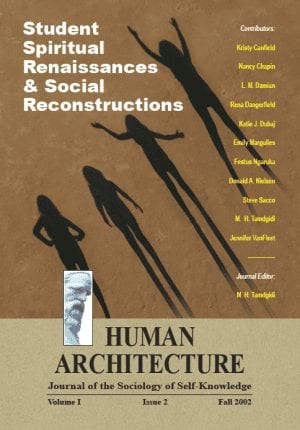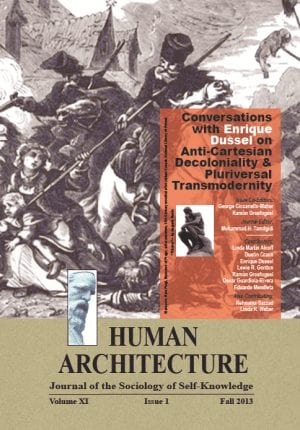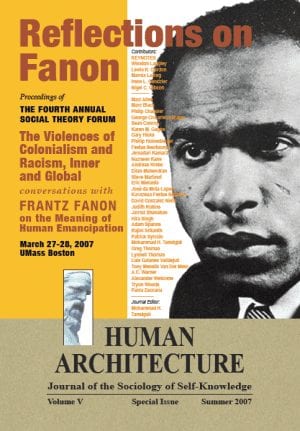Journal Article — Varying Pedagogy to Address Student Multiple Intelligences — by LeeAnn Griggs, Sally Barney, Janet Brown-Sederberg, Elizabeth Collins, Susan Keith, and Lisa Iannacci
$15.00
The Multiple Intelligences Theory, first addressed by Dr. Howard Gardner, is based on the theory that people learn utilizing different types of intelligences. For decades, the traditional way of thinking about higher education was large, impersonal, lecture hall style presentations followed thereafter by an exam of some sort. It was hypothesized that most students do not work from an intelligence that is most receptive to lecture, the means by which many college courses are delivered. The goal of this inquiry was to determine if the teaching methodologies most often used by the participant instructors were aligned with the intelligence strength from which their students worked.
Description
Abstract
The Multiple Intelligences Theory, first addressed by Dr. Howard Gardner, is based on the theory that people learn utilizing different types of intelligences. For decades, the traditional way of thinking about higher education was large, impersonal, lecture hall style presentations followed thereafter by an exam of some sort. It was hypothesized that most students do not work from an intelligence that is most receptive to lecture, the means by which many college courses are delivered. The goal of this inquiry was to determine if the teaching methodologies most often used by the participant instructors were aligned with the intelligence strength from which their students worked. As educators develop and utilize pedagogies that consciously attempt to engage students in a variety of ways, knowing which intelligences students possess is critical to effective instruction. The benefit of this evaluation is two-fold. If instructors know the strengths of their students, they can better prepare engaging and relevant lessons that correlate with those strengths. Secondly, students, knowing their strengths, can engage various strategies to enhance their learning accordingly. The results of this survey demonstrated that the three strengths from which most students surveyed work from are social/interpersonal, self/intrapersonal and body movement/kinesthetic. Lecture is categorized with the linguistic/verbal intelligence and the survey showed that to be near the bottom for the students surveyed. Students also felt that the survey was accurate and helpful in allowing them to alter their study strategies to improve their learning.
Recommended Citation
Griggs, LeeAnn, Sally Barney, Janet Brown-Sederberg, Elizabeth Collins, Susan Keith, and Lisa Iannacci. 2009. “Varying Pedagogy to Address Student Multiple Intelligences.” Pp. 55-60 in Teaching Transformations 2009 (Human Architecture: Journal of the Sociology of Self-Knowledge: Volume VII, Issue 1, 2009.) Belmont, MA: Okcir Press (an imprint of Ahead Publishing House).
The various editions of this issue of Teaching Transformations 2009 can be ordered from the Okcir Store and are also available for ordering from all major online bookstores worldwide (such as Amazon, Barnes&Noble, and others).
Read the Above Publication Online
To read the above publication online, you need to be logged in as an OKCIR Library member with a valid access. In that case just click on the large PDF icon below to access the publication. Make sure you refresh your browser page after logging in.








